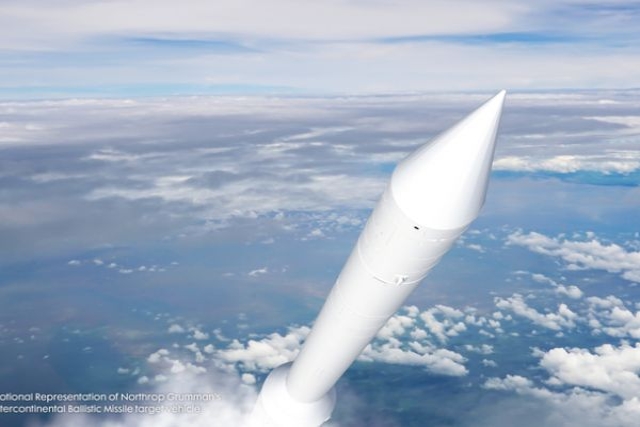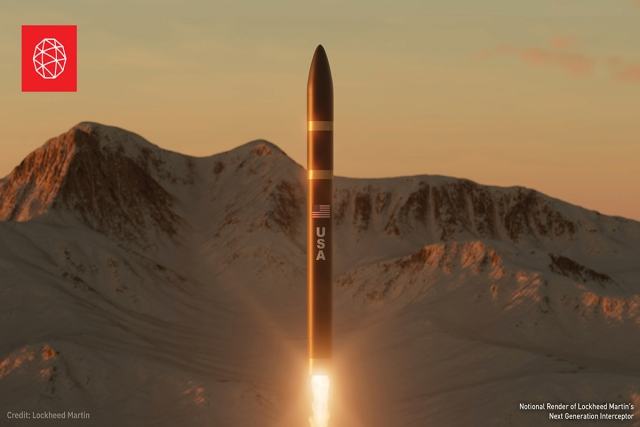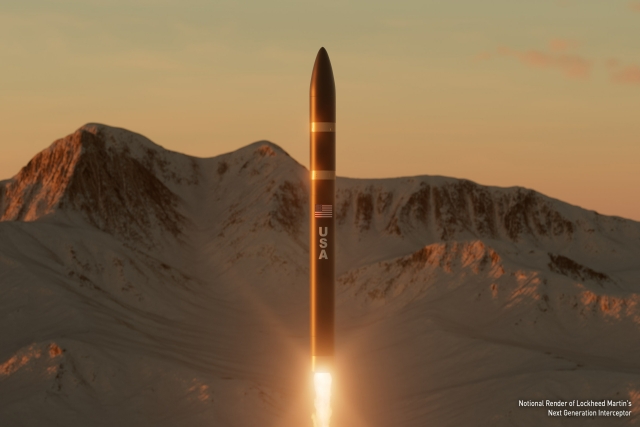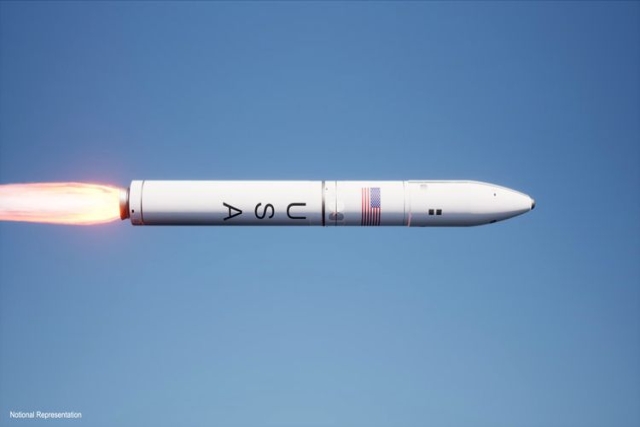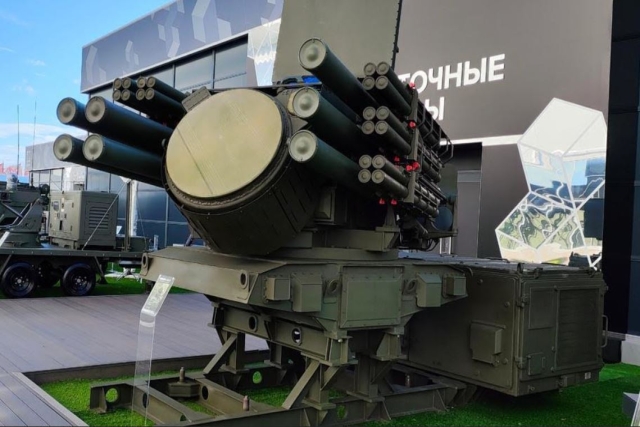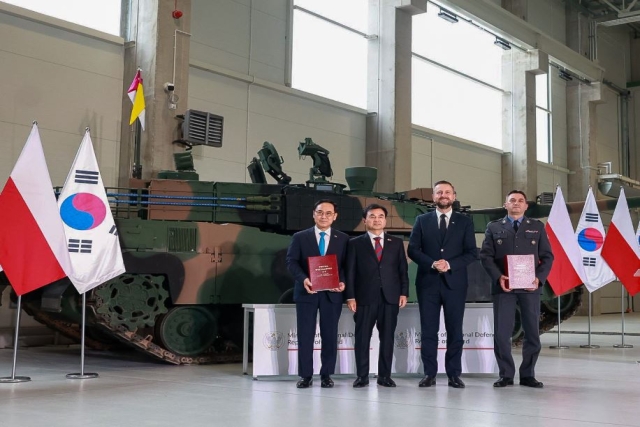Raytheon, Northrop Grumman Complete Key Tests of New U.S. Army Short-Range Interceptor
Flight-ready solid rocket motors enhance range and speed of Next-Generation Short-Range Interceptor in ongoing U.S. Army development program
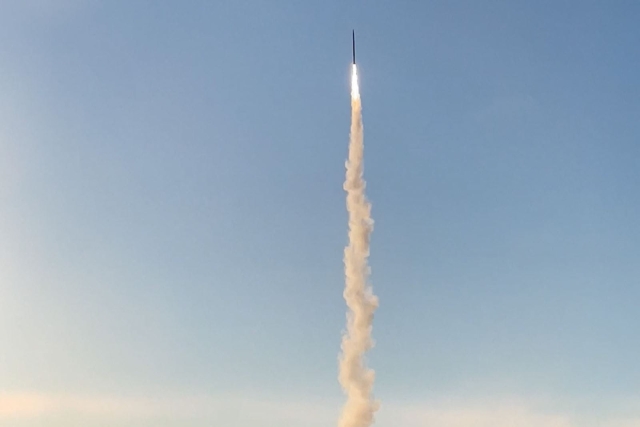
Raytheon and Northrop Grumman have completed four tests of flight-ready Highly Loaded Grain (HLG) solid rocket motors for the U.S. Army’s Next-Generation Short-Range Interceptor (NGSRI), the companies announced on June 5.
The new interceptor is designed to outperform current short-range air defense systems by flying faster and offering extended range.
HLG is a solid propellant technology that increases energy output and burn time compared to conventional rocket motors. This enhancement is expected to significantly boost the reach and effectiveness of the NGSRI, which is being developed for use against aerial threats such as drones, cruise missiles, and other airborne targets.
The latest round of testing included three static firings in varied environmental conditions and a successful ballistic flight demonstration. Additional flight trials are planned in the coming months.
Raytheon’s interceptor can be launched from a tripod, vehicle, or shoulder, offering flexibility in combat situations. Its modular design and automated manufacturing process allow for accelerated production timelines.
Northrop Grumman developed the HLG motor at the Allegany Ballistics Laboratory in West Virginia. The team moved from concept to first flight in under six months, according to the company.

